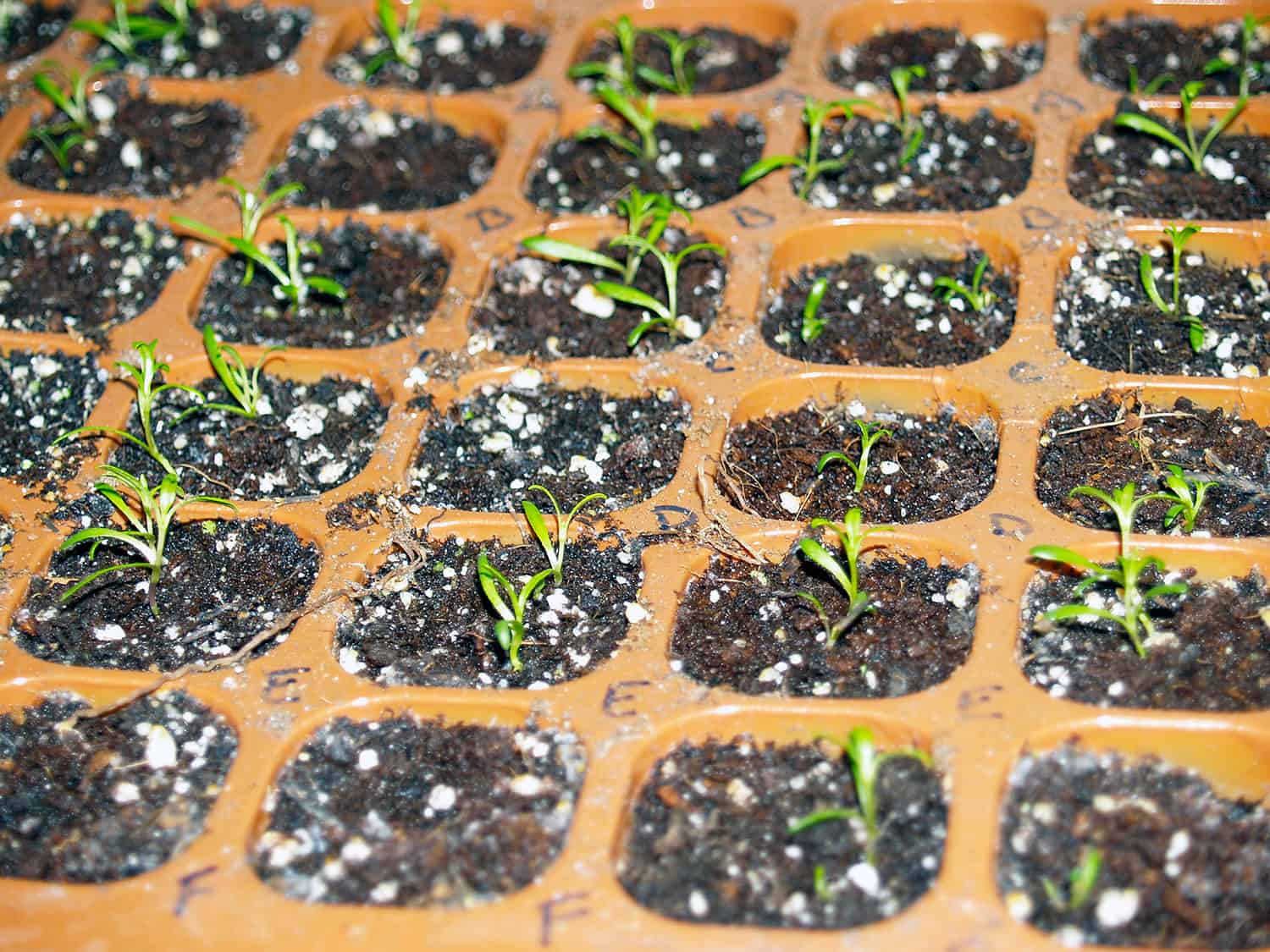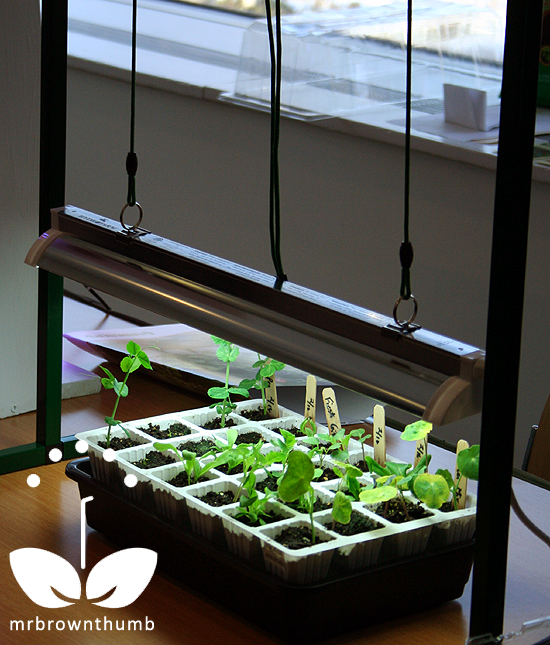

Plants love the consistency of grow lights, which helps your little space be as productive as possible.

Grow lights can be a little intimidating – but they really shouldn’t be! There is alot of marketing noise to cut through, but at the end of the day a well designed grow light provides a 1:1 replacement for sunlight, looks nice in your home, and pays for itself. Setting up a grow light for year-round vegetables You can always try lower light plants in the same space, like lettuce, to use as a point of reference. Beyond that it’s a bit harder to tell where you are in the “adequate to optimal” range, but if your growth is way slower than is listed on the seed packet, the plant would likely do better with more light. You can tell very early if you are way off the mark – you’ll notice the seedlings stretching and becoming spindly. The ultimate test of your natural light will be your plant’s growth. Reading your plants: Are they happily lit? If you have truly unobstructed, direct light coming through this window you’ll likely be able to grow vegetables in the spring through fall – but as winter sets in you will almost certainly benefit from a grow light. Vegetables tend to be warmth loving, so will be happiest in a southern or western window given all options. It’s Time to Consider Your Window Direction & Seasonality

but you can still take advantage of the light you do have to get even better growth in combination with a grow light. Do I have enough sunlight to grow vegetables? While it’s not a fix all, you will have better luck choosing varieties that still grow well with slightly lower light needs. Some specialty varieties, like the ones we recommend, are actually more tolerant of the lower light levels typical of an indoor garden. You’d think that all tomatoes need the same amount of light – right? It’s not quite that simple. The Variety of the Vegetable Matters When It Comes To Lighting The minimum and ideal hours of direct sunlight for vegetables are: Some plants (like tomato) can be pushed along their development faster by receiving over 12 hours of light. It’s an energy intensive process for them and sufficient light as they are ripening helps develop their flavor. When they switch to growing vegetables, they need even more. When they are just getting started, they need a decent amount of light to support their leafy growth. How much light do vegetables need to grow? The Total Amount Of Light Needed Varies By Plant
#Grow lights for vegetable seedlings how to#
If you’re just getting started, check out our overview of how to grow vegetables indoors.

In this blog we’ll review the light needs for the different vegetables, how to assess your natural light, and how to set up a simple but effective grow light. Fortunately, (unlike herbs and lettuce that we keep in a “perpetual spring”) veggies can have lights on for up to 16 hours a day, so the same grow lights will work just fine, you’ll just leave them on a bit longer. Vegetables have very high light needs – it’s likely that you’ll benefit from a grow light even if it’s just to supplement your sunshine.


 0 kommentar(er)
0 kommentar(er)
